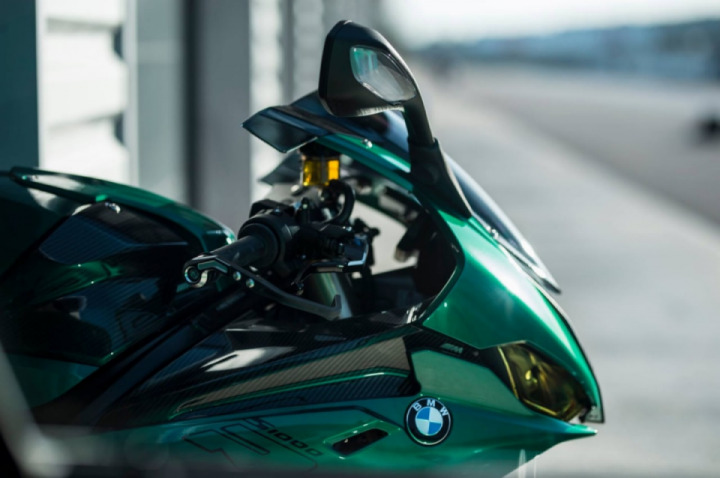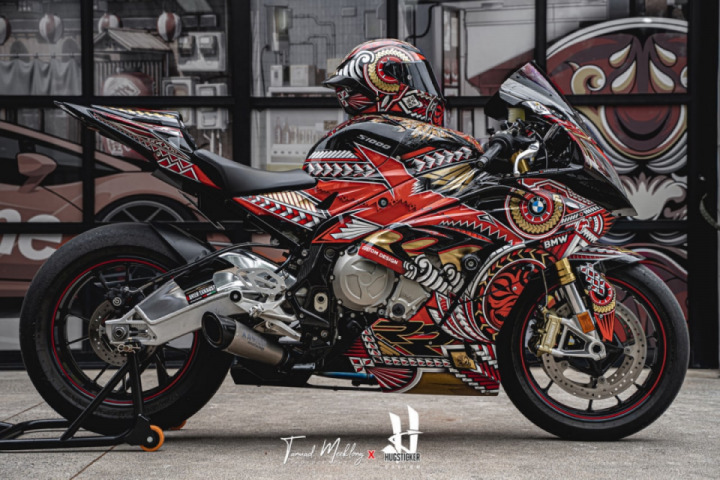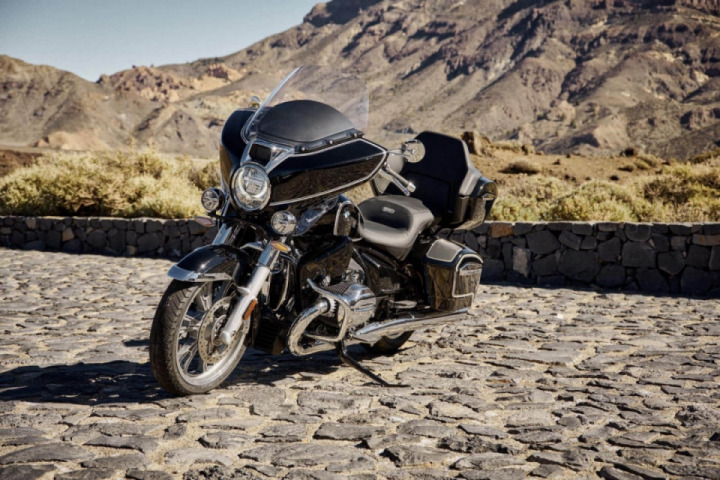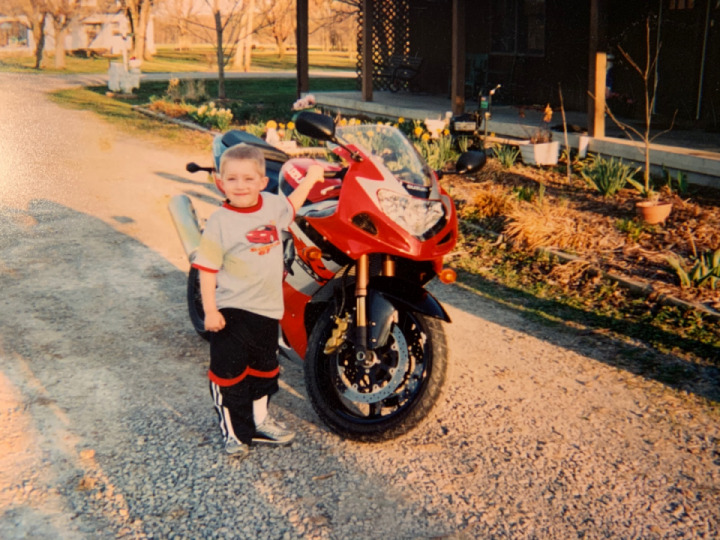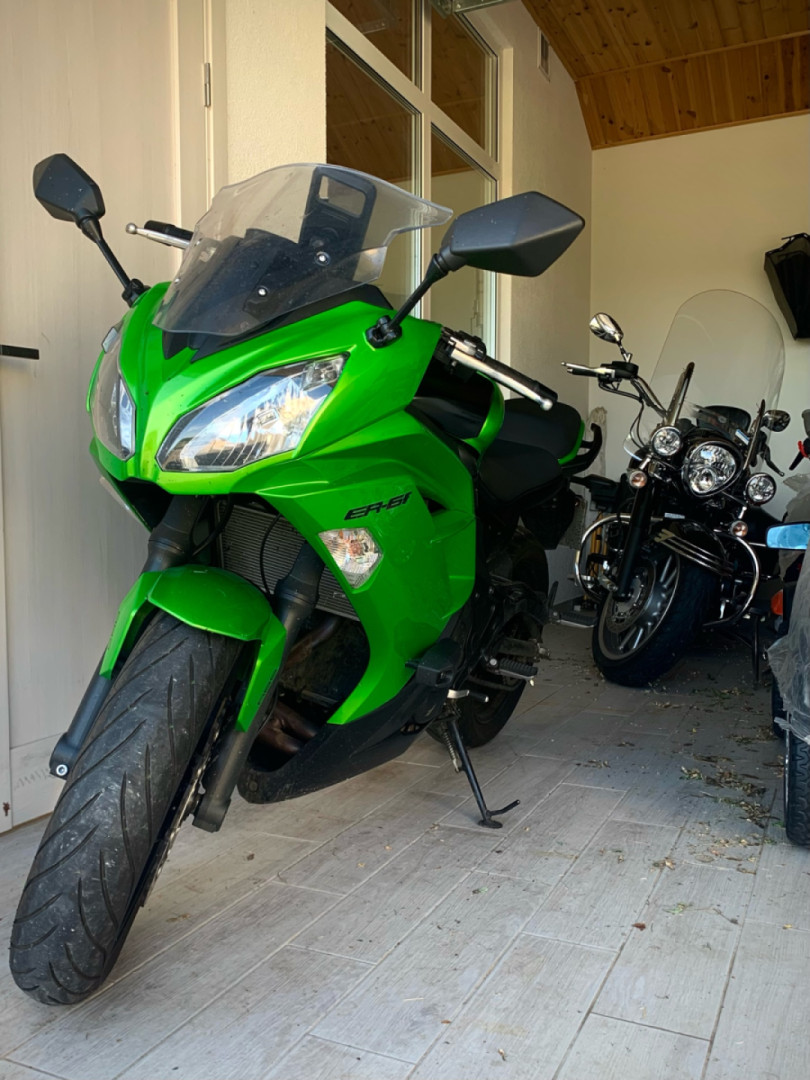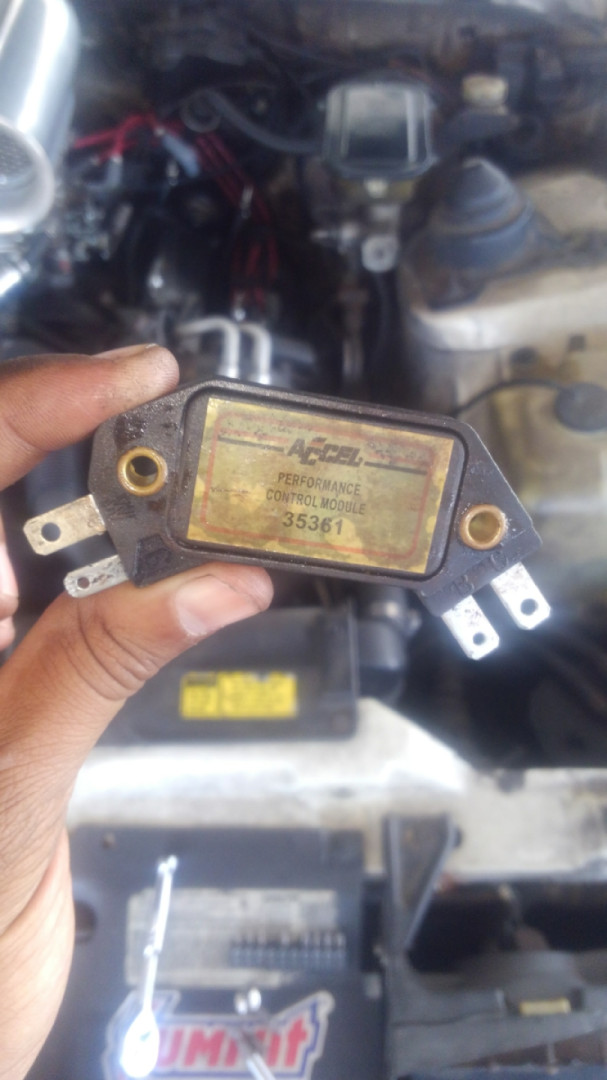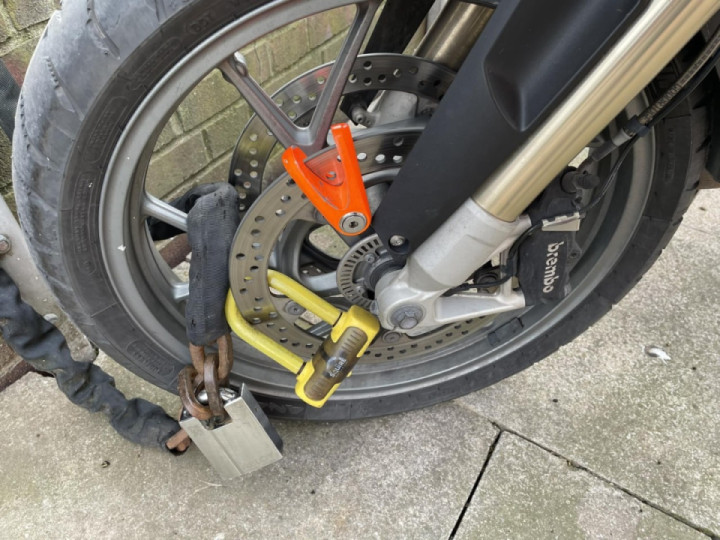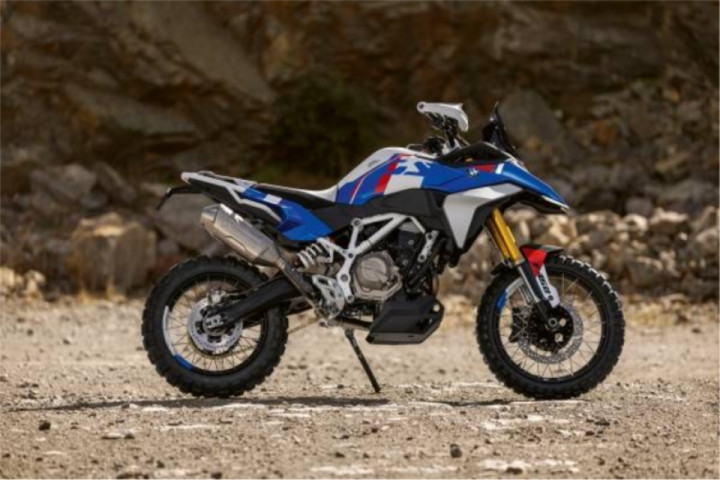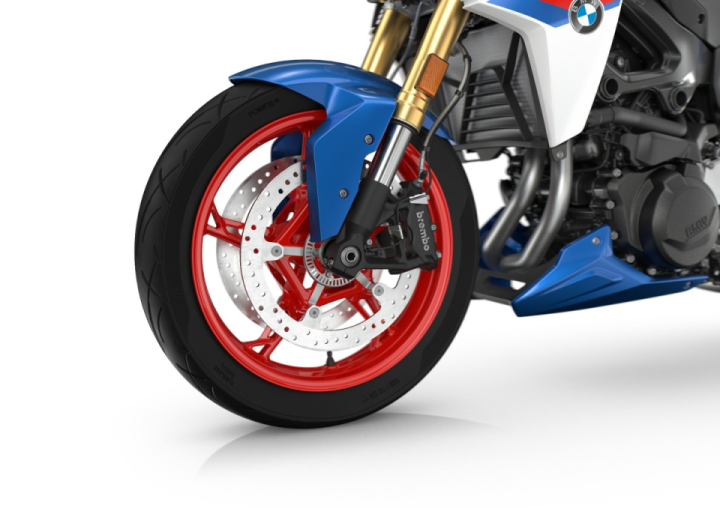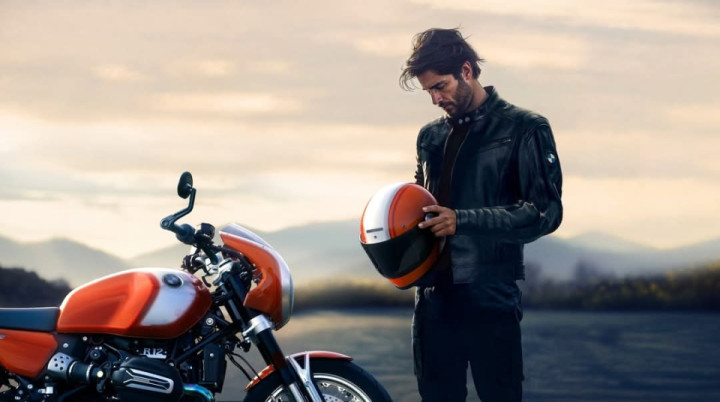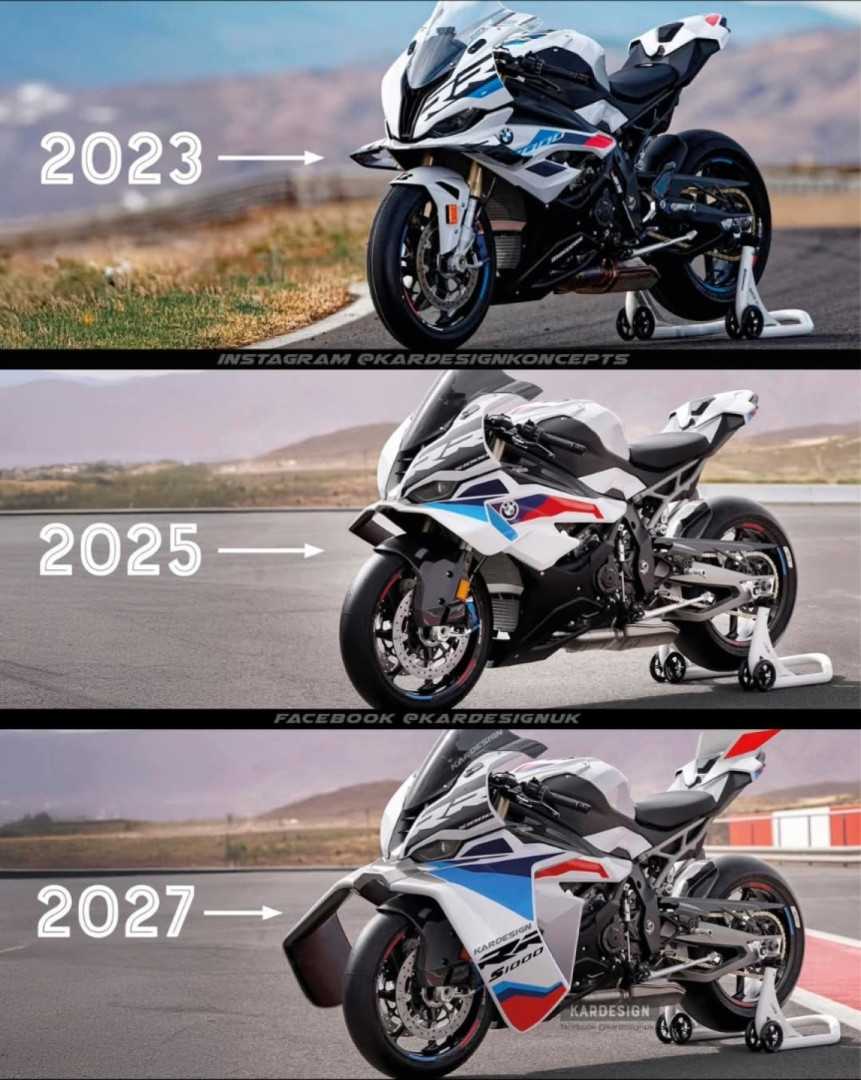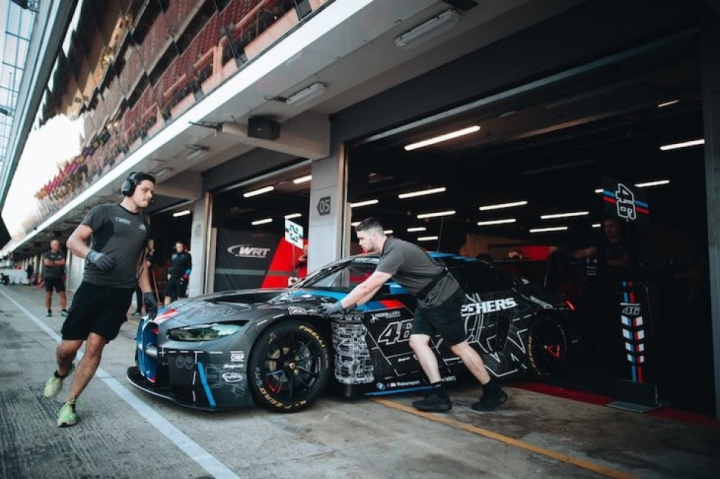2015 BMW S1000RR is like getting my own little taste of perfection.
On a recent flight to San Francisco, I had a remarkable conversation with the gentleman beside me. We discussed the idea of happiness as a result of competition with oneself: the conversion of everyday activities and tasks into mini-games based on productive criteria like speed, efficiency, or something similar. This got me thinking, strangely enough, about my experience with the 2015 BMW S1000RR.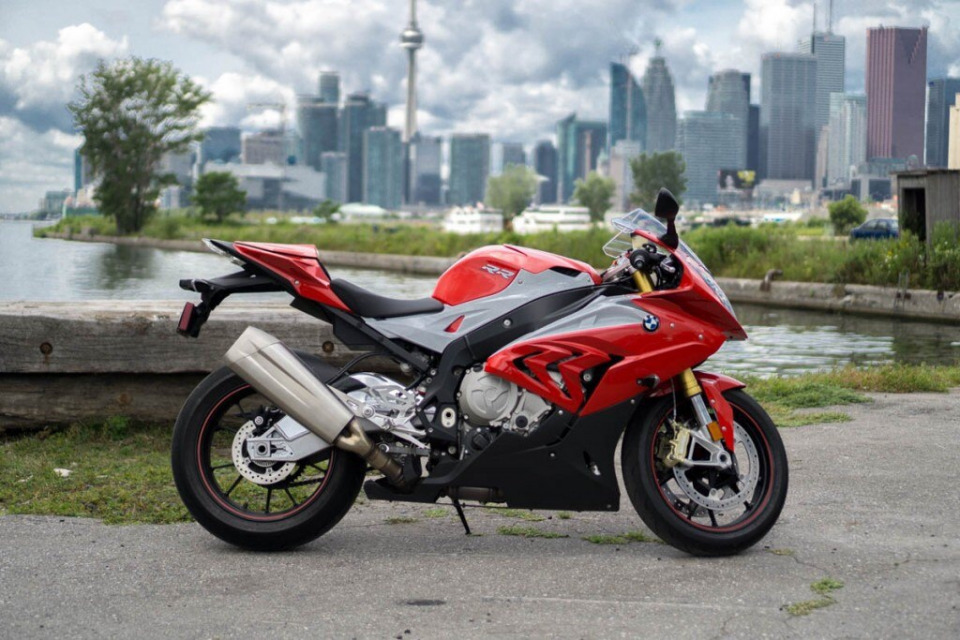
Mistake me not, riding the S1000RR is nothing, and I mean absolutely nothing, like folding laundry. Riding the S1000RR feels like sitting on top of a two-wheeled mag-lev train whose tracks you forge at your will. Oh and the train also weighs 412lbs and packs sharper handling than a diamond-cutting laser. Then why all this talk about laundry and mini-games? It’s because I have never ridden a bike that was more intent on making the rider compete with himself.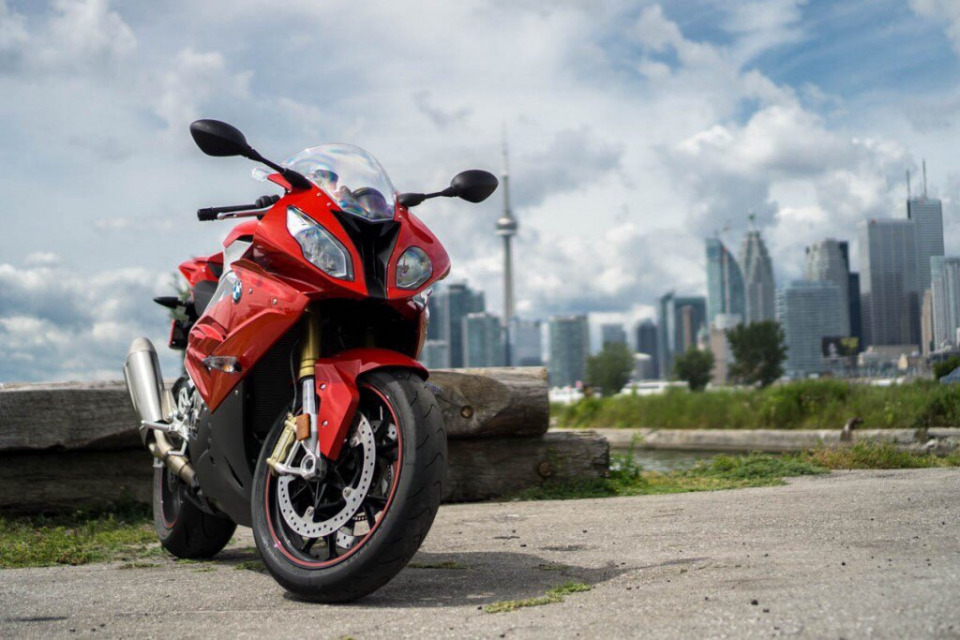
The 2015 BMW S1000RR is exceptionally good at challenging its rider. How deep can you lean? How much later can you brake? You can open the throttle a lot more, can’t you? And the answer to those questions? A lot deeper, a lot later, and a whole lot more. It’s not only BMW’s mechanical prowess and the bike’s physical capabilities that allow for this, a great part of it is the host of electronics that work to the rider’s advantage in the background.
The lean angle sensor is perhaps the feature of the S1000RR that poses the most outright challenge. Every deviation from the bike being upright (0° of lean) is recorded, and the max lean achieved for each turn is displayed within the instrument cluster. Of course, the deepest lean (from the time you turn on the bike until the time you turn it off) is displayed tauntingly to the right of your most recent corner’s lean. ‘I got 40° on that corner, now to beat that on the next!’ The desire to continually push the bike harder is not without the confidence in knowing that the S1000RR is built handle it.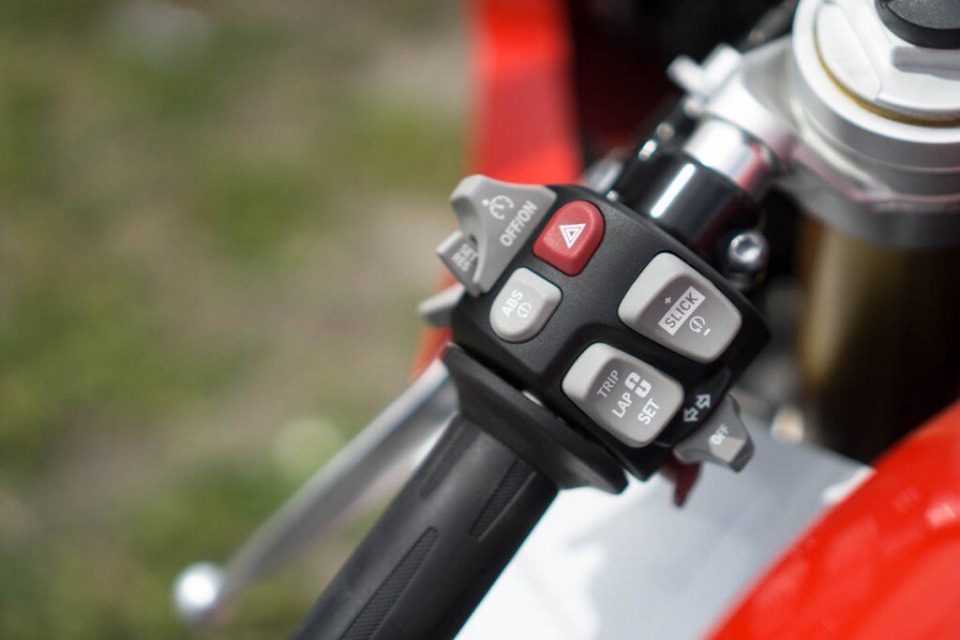
The S1000RR is equipped with three ride modes (Rain, Sport, and Race), each offering varied levels of power. Rain mode is most obviously the tamest of the lot, yet it only maims the bike by a measly 6hp to 187hp. An optional Ride Modes Pro package adds a Slick mode and a configurable User mode.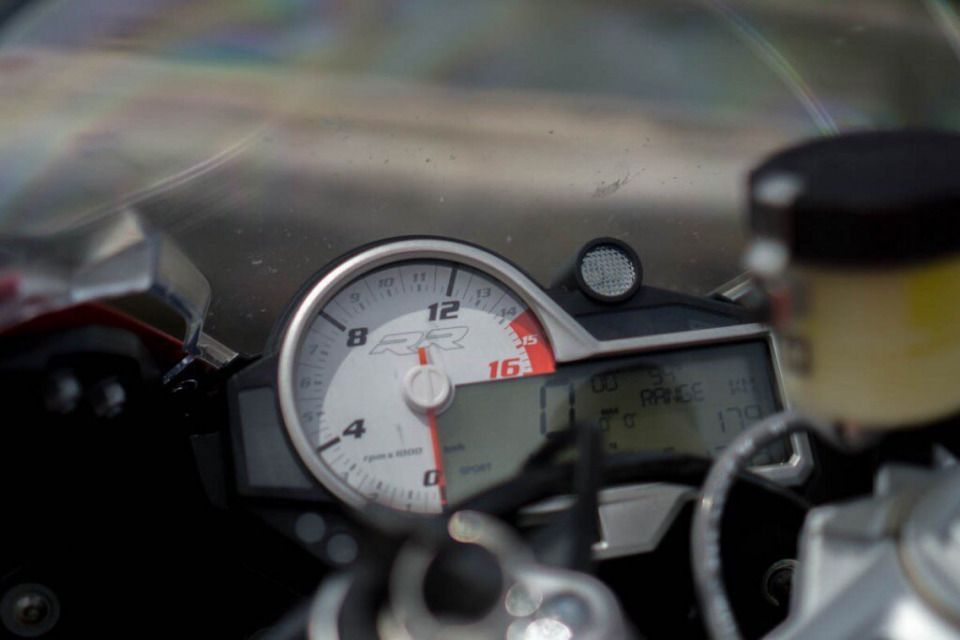
No matter what mode you’re riding in, the Dynamic Traction Control (DTC) system works phenomenally. It incorporates the current lean angle, throttle position, and ride mode to keep firm traction at all times. In the past, BMW’s electronics have been borderline unreliable. DTC on the 2015 S1000RR was incredibly responsible in every environment, and it worked discreetly with minimal noticeable interference.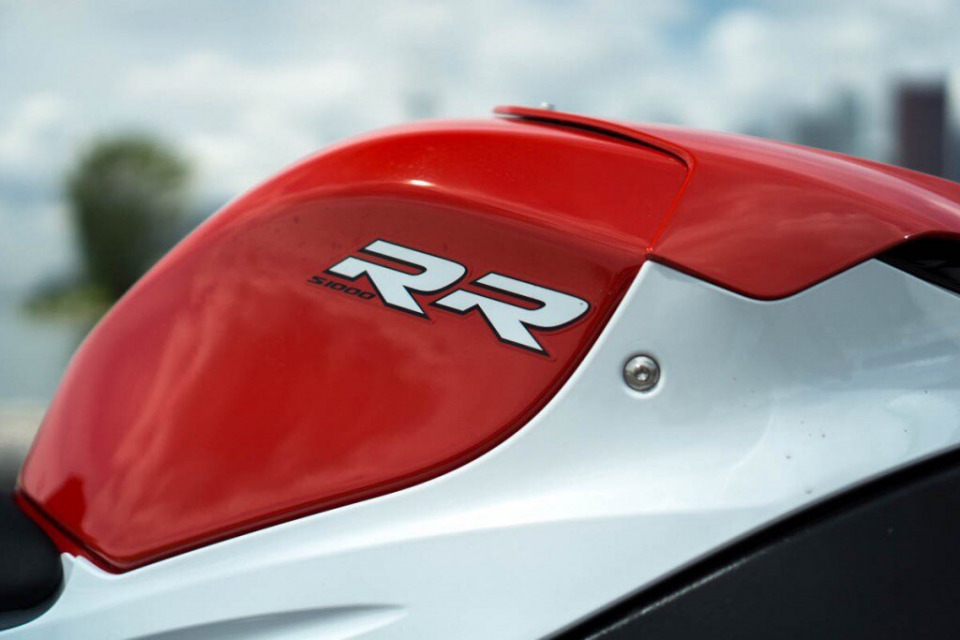
One feature I could not truly comprehend at first was cruise control. I simply thought, ‘why?’ Why would a race bike ever need cruise control? The answer is, for the purposes of racing, it really doesn’t. But when you’re riding on the highway, and you’re only in mid-second gear with a heavy throttle hand… Let’s just say we can call cruise control on this bike ‘assisted self-control’.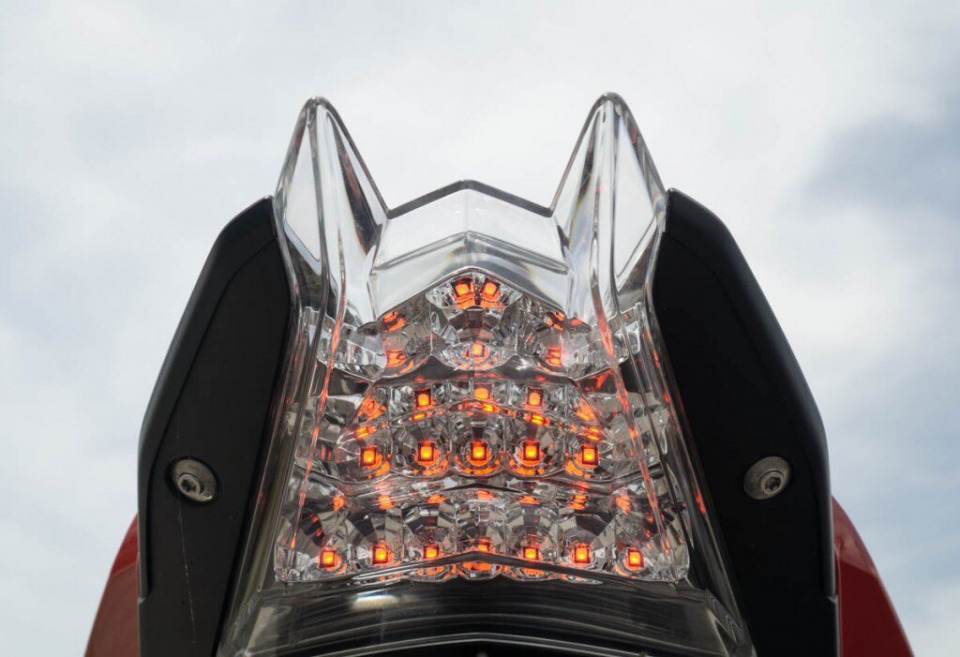
When you’re not just riding along with the cruise control engaged, the BMW S1000RR shows its prowess. The water-cooled, 999cc inline four has a deep bore (80×49.7mm) for a noticeable sense of stability when the engine is revving high. In contrast, low rpm riding (2-5k) in first gear has a bit of a chug to it. Realistically the engine will never be operating in this range in first gear sans clutch, so it is easily overlooked.

 Follow
2.8K
Follow
2.8K

